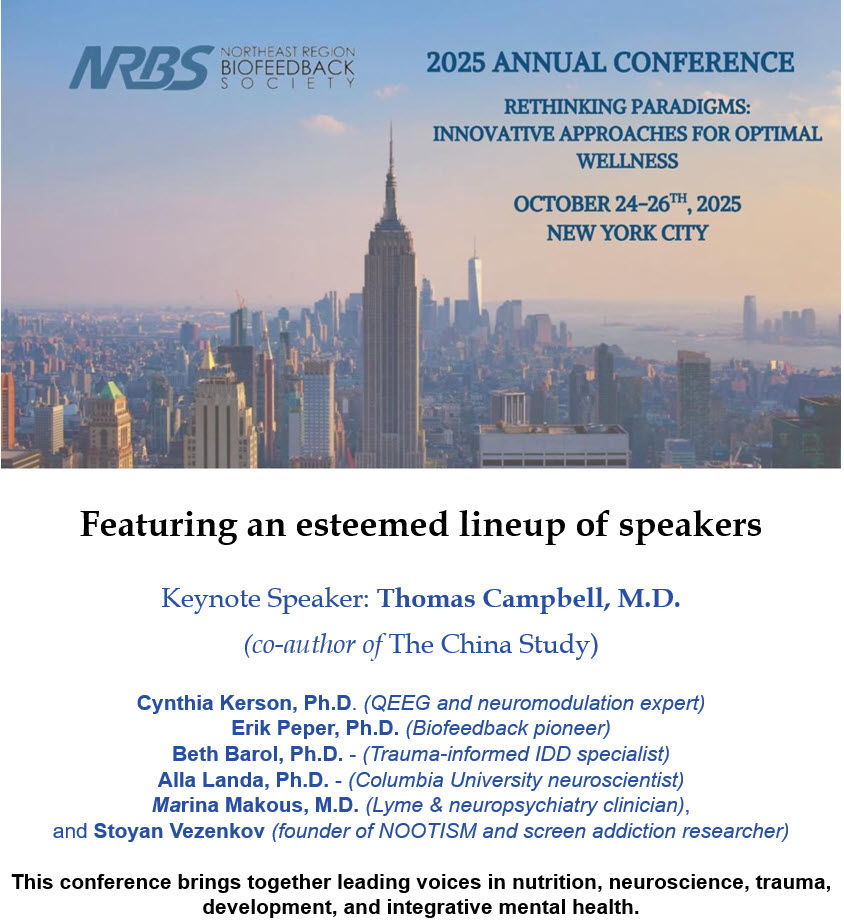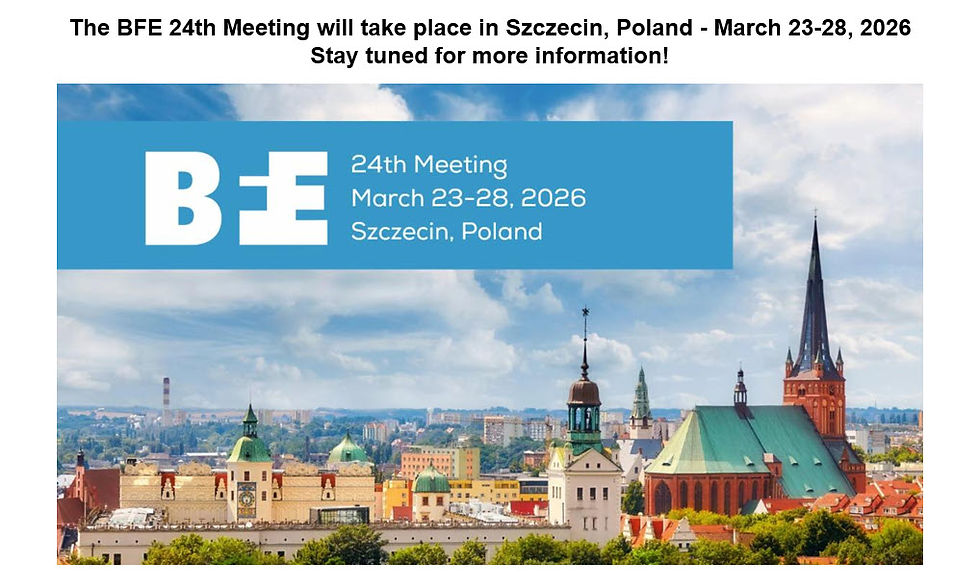5-Min Science: Human Neurogenesis Confirmed
- Fred Shaffer
- Jul 11
- 7 min read
Updated: Aug 1

The Brain's Hidden Fountain of Youth: Scientists Finally Spot New Neurons Growing in Adult Human Brains
For decades, neuroscientists have wrestled with one of the most fundamental questions about the human brain: Do we keep making new neurons throughout our lives, or are we stuck with the ones we're born with? It's a question that goes to the heart of how our brains adapt, learn, and heal—and one that has sparked fierce scientific debate for years.
Now, a groundbreaking study published by an international team of researchers led by Jonas Frisén at the Karolinska Institutet in Stockholm has finally provided compelling evidence that yes, adult human brains do indeed grow new neurons. But finding these elusive cells required some serious scientific detective work.
What is the Science?
The science behind this discovery centers on a process called adult neurogenesis, the birth of new neurons in fully developed brains.
While adult neurogenesis has been well-documented in mice and other animals, proving it happens in humans has been notoriously difficult.
The stakes couldn't be higher: if our brains can generate new neurons throughout life, it could revolutionize how we understand learning, memory, depression, and even recovery from brain injuries.
The controversy has raged for years because different research teams have reached contradictory conclusions. Some studies claimed to find evidence of new neurons in adult human brains, while others insisted neurogenesis stops in childhood. The problem? The cells responsible for making new neurons—called neural progenitor cells—are incredibly rare in adult brains, making them nearly impossible to spot with traditional methods.
What Did They Do?
The research team tackled this challenge by studying brain tissue from 25 individuals ranging from newborns to 78-year-olds, focusing specifically on the hippocampus, the brain region crucial for memory formation and mood regulation.
Their approach was nothing short of revolutionary: they used single-nucleus RNA sequencing, a cutting-edge technique that reads the genetic activity of individual cells, combined with machine learning algorithms to identify the needle-in-a-haystack progenitor cells.
Think of it like having a molecular fingerprint for each cell type. The researchers first studied young children's brains, where neural progenitor cells are more abundant and easier to identify. They mapped out the complete "family tree" of how these cells develop, from neural stem cells to intermediate progenitor cells to neuroblasts, and finally to mature neurons. It's like watching a cellular metamorphosis in real-time.
But finding these cells in adult brains required even more sophisticated techniques. The team developed a clever enrichment strategy, using flow cytometry to sort brain cell nuclei based on Ki67, a protein that marks dividing cells. This process increased their chances of finding the rare proliferating progenitor cells by 37-fold. They then trained three different machine learning algorithms to recognize the molecular signatures of neural progenitor cells, essentially teaching computers to spot these elusive cells.
To confirm their findings weren't just laboratory artifacts, the researchers used spatial transcriptomics, a technique that shows exactly where genes are active within brain tissue. They employed two different platforms, RNAscope and Xenium, to create detailed maps showing the precise locations of neural progenitor cells within the dentate gyrus, the specific region of the hippocampus where new neurons are born.
What Did They Find?
The results were striking.
The team successfully identified all stages of neural progenitor cells in adult human brains, including neural stem cells, intermediate progenitor cells, and neuroblasts. These cells were actively dividing and showed the same molecular characteristics as their counterparts in mice and other animals.
Most importantly, they were found in the right place, the dentate gyrus of the hippocampus, and expressed the right combination of genes to confirm they were indeed making new neurons.
The researchers discovered that about 70 percent of the neural progenitor cells in adult brains were actively dividing, compared to only 22 percent in children's brains. This difference likely reflects their enrichment technique, which specifically selected for proliferating cells, but it also suggests that when adult neural progenitor cells are active, they're working hard to divide and create new neurons.
Perhaps most remarkably, the team found these proliferating progenitor cells in brains from individuals up to 78 years old, though they were much rarer in older adults compared to children. The spatial analysis revealed that these cells often appeared in pairs or small clusters, suggesting active cell division was occurring right where scientists expected to find it.
What Were the Limitations?
Despite these exciting findings, the study faced significant limitations that the researchers openly acknowledge.
The biggest challenge was the extreme rarity of neural progenitor cells in adult brains. Even with their sophisticated enrichment techniques, the team found only 354 progenitor cells across all their adult samples.
This scarcity made it difficult to draw definitive conclusions about how neurogenesis changes with age or varies between individuals.
The study also relied on post-mortem brain tissue, which introduces its own complications. The researchers couldn't control for factors like how long after death the tissue was collected, the cause of death, or various medications the donors might have been taking. Several donors had histories of psychiatric or neurological diseases, which could potentially affect neurogenesis, but the study wasn't large enough to determine how these conditions might influence the process.
Another significant limitation was the variability between individuals. Some adults showed relatively high numbers of neural progenitor cells, while others had very few or none at all. This variation could reflect real biological differences between people, technical challenges in detecting rare cells, or both. The researchers found neural progenitor cells in all childhood subjects but failed to detect them in 2 out of 4 adolescents and 5 out of 14 adults, though they note that some of these subjects still showed evidence of immature neurons.
The enrichment strategy, while innovative, also introduced potential biases. By specifically selecting for dividing cells, the researchers might have missed non-proliferating neural progenitor cells that could still be important for neurogenesis. Additionally, the machine learning algorithms, while highly accurate in test datasets, could potentially misidentify cells or miss subtypes of progenitors.
What is the Impact on Neurogenesis Research?
The implications of this discovery extend far beyond academic curiosity.
If adult human brains can generate new neurons throughout life, it fundamentally changes how we think about brain plasticity, learning, and recovery from injury or disease.
The hippocampus, where these new neurons are born, plays crucial roles in forming new memories and regulating mood, suggesting that adult neurogenesis could be important for cognitive function and mental health.
This research could eventually lead to new therapeutic approaches for treating depression, anxiety, and neurodegenerative diseases. If scientists can figure out how to stimulate the production of new neurons or enhance their survival and integration into existing brain circuits, it might be possible to develop treatments that literally help the brain heal itself.
The study also provides a cellular foundation for previous research using different methods. Earlier studies had used techniques like radiocarbon dating and bromodeoxyuridine labeling to suggest that new neurons are generated in adult human brains, but they couldn't identify the specific cells responsible. This new work fills in that crucial missing link by showing the actual progenitor cells in action.
For the broader scientific community, this research demonstrates the power of combining cutting-edge molecular techniques with sophisticated computational approaches. The integration of single-cell RNA sequencing, machine learning, and spatial transcriptomics represents a new paradigm for studying rare cell populations in human tissues.
Conclusion
While this study provides compelling evidence for adult neurogenesis in humans, it also raises new questions that will keep researchers busy for years to come. Scientists now need to understand what factors control the production of new neurons, how these cells integrate into existing brain circuits, and whether their function differs from neurons generated during development.
The enormous individual variation in neurogenesis rates suggests that genetic factors, lifestyle choices, or environmental influences might affect the brain's ability to generate new neurons. Understanding these variables could lead to personalized approaches for maintaining cognitive health throughout life.
Future research will also need to address the functional significance of adult neurogenesis.
While the study shows that new neurons are being born, it doesn't prove they're actually contributing to brain function. Scientists will need to determine whether these new neurons successfully integrate into existing circuits and whether they play meaningful roles in memory formation, learning, or emotional regulation.
Five Key Takeaways
Adult human brains generate new neurons throughout life, with researchers identifying the rare progenitor cells responsible in the hippocampus.
Neurogenesis becomes rarer with age but continues into old age, found in brains up to 78 years old despite being much more abundant in children.
Individual variation is enormous, with some adults showing robust neurogenesis while others have very little, suggesting genetic or lifestyle factors play important roles.
Advanced technologies made this discovery possible, combining single-cell RNA sequencing, machine learning, and spatial transcriptomics to detect extremely rare cells.
The implications for brain health are transformative, potentially leading to new treatments for depression, cognitive decline, and neurodegenerative diseases.

Glossary
adult neurogenesis: the process by which new neurons are generated in the fully developed brain throughout life.
dentate gyrus: the specific region of the hippocampus where new neurons are born in mammals.
flow cytometry: a technique that sorts individual cells based on their physical and chemical characteristics.
hippocampus: the brain region crucial for memory formation and mood regulation.
intermediate progenitor cells (INPs): a transitional stage between neural stem cells and neuroblasts in the neuron development process.
Ki67: a protein that marks actively dividing cells, used as a marker for cellular proliferation.
machine learning algorithms: computer programs that can identify patterns in data, used here to recognize neural progenitor cells.
neural progenitor cells: cells that can divide and differentiate into mature neurons, including neural stem cells, intermediate progenitor cells, and neuroblasts.
neural stem cells: the earliest stage of neural progenitor cells that can self-renew and give rise to different types of brain cells.
neuroblasts: immature neurons that are in the process of developing into mature neurons.
single-nucleus RNA sequencing (snRNA-seq): a technique that reads the genetic activity of individual cell nuclei to identify cell types and states.
spatial transcriptomics: methods that show where genes are active within tissue samples, providing location information along with genetic data.
Reference
Dumitru, I., Paterlini, M., Zamboni, M., Ziegenhain, C., Giatrellis, S., Saghaleyni, R., Björklund, Å., Alkass, K., Tata, M., Druid, H., Sandberg, R., & Frisén, J. (2025). Identification of proliferating neural progenitors in the adult human hippocampus. Science, 389(6755), 58-63. https://doi.org/10.1126/science.adu9575
About the Author

Fred Shaffer earned his PhD in Psychology from Oklahoma State University. He earned BCIA certifications in Biofeedback and HRV Biofeedback. Fred is an Allen Fellow and Professor of Psychology at Truman State University, where has has taught for 50 years. He is a Biological Psychologist who consults and lectures in heart rate variability biofeedback, Physiological Psychology, and Psychopharmacology. Fred helped to edit Evidence-Based Practice in Biofeedback and Neurofeedback (3rd and 4th eds.) and helped to maintain BCIA's certification programs.
Support Our Friends









The best in the latest research!